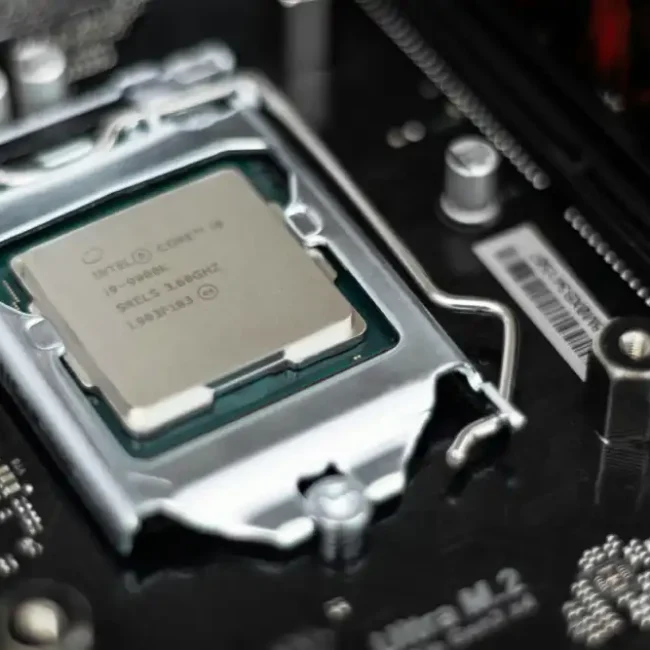The global shift to electric vehicles (EVs) is driving exponential growth in battery demand, with McKinsey forecasting a rise in battery electric vehicle (BEV) sales from 4.5 million units in 2021 to 28 million by 2030. This surge highlights potential supply shortages and price volatility in critical battery materials. To sustain the EV revolution, substantial investments in mining, refining, and alternative technologies are urgently needed.
Lithium
Over 80% of mined lithium currently supports battery production, with this share projected to increase to 95% by 2030. Meeting demand will require a dramatic expansion in both lithium extraction and refining capacities globally. Delays in new mine development, regulatory hurdles, and processing bottlenecks could exacerbate supply risks.
Nickel
Nickel faces a precarious supply situation despite new investments in mines, particularly in Southeast Asia. Class 1 nickel, essential for high-performance EV batteries, is already in competition with the steel industry. By 2030, shortages may occur as demand outpaces new production capacity, necessitating innovation in recycling or alternative chemistries.
Cobalt
Although battery manufacturers are reducing cobalt usage due to cost and environmental concerns, overall demand for the metal is expected to grow by 7.5% annually through 2030. Cobalt supply remains dependent on nickel and copper mining, as it is primarily a byproduct of these operations. Any disruption in these base metal markets could ripple through to cobalt availability.
Manganese
Demand for high-purity manganese sulfate monohydrate (HPMSM), crucial for battery applications, is projected to outstrip supply by 2030. Current production is insufficient to meet stringent battery-grade requirements, and only about 20% of the projected supply will qualify for such use. This underscores the urgency of developing new refineries and improving processing techniques.
Addressing the Challenge
The looming imbalances call for significant investment in mining, refining, and recycling infrastructure. Additionally, advancements in battery technology, such as solid-state batteries or alternative chemistries, may reduce dependency on scarce materials. Without decisive action, these material shortages could hinder EV adoption and slow the global transition to sustainable energy systems.
This detailed analysis underscores the importance of coordinated efforts by industries and governments to address the challenges in securing a stable and sustainable supply of battery raw materials.




